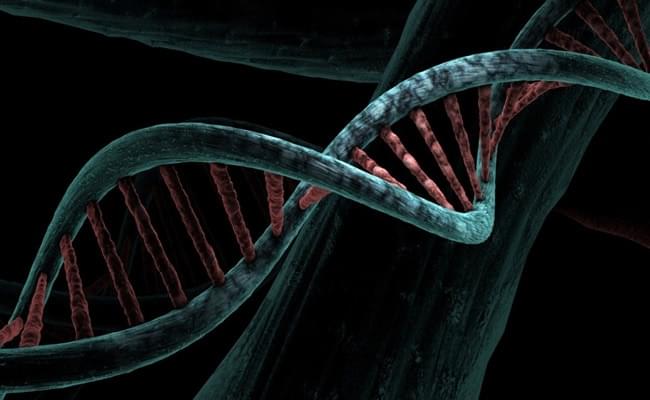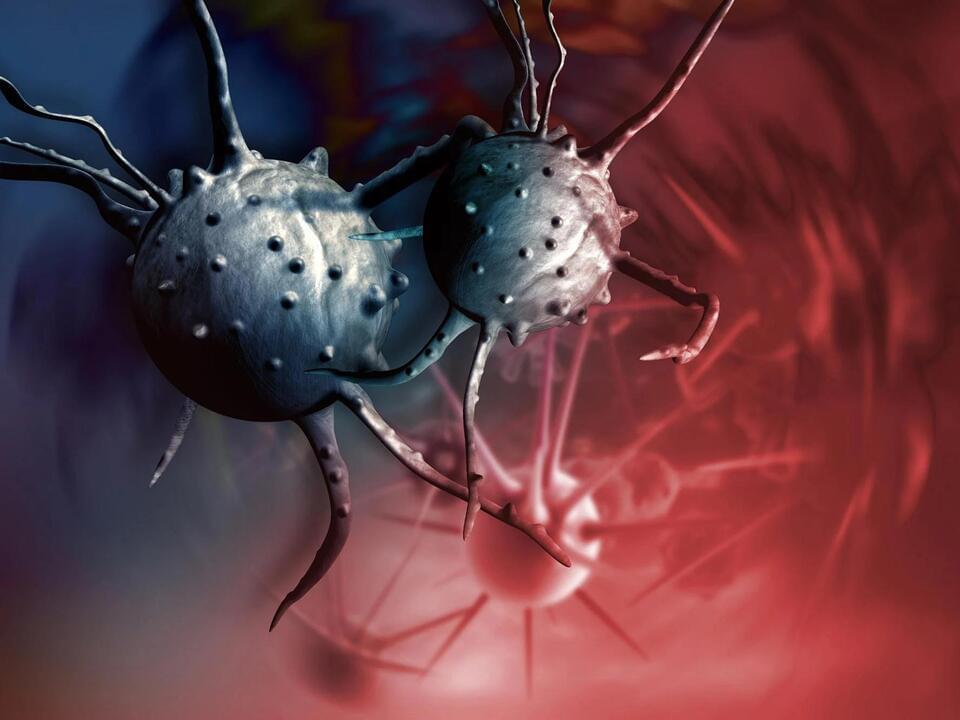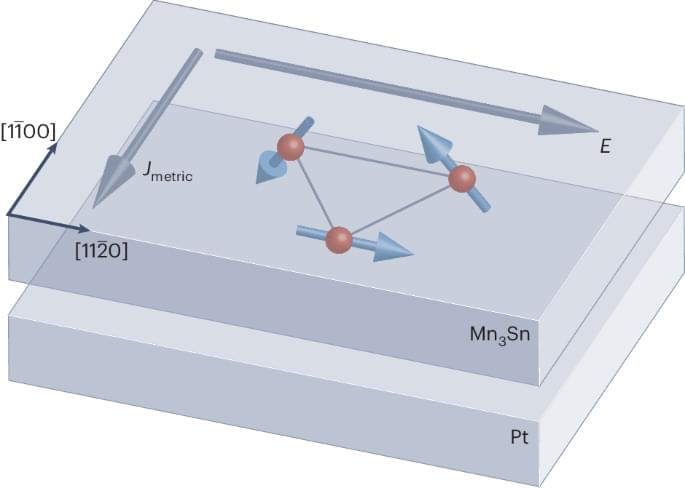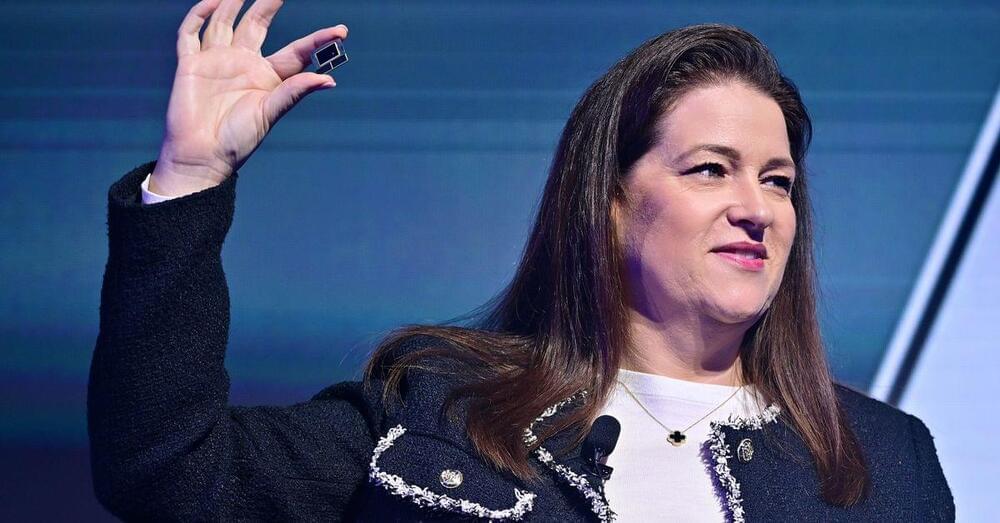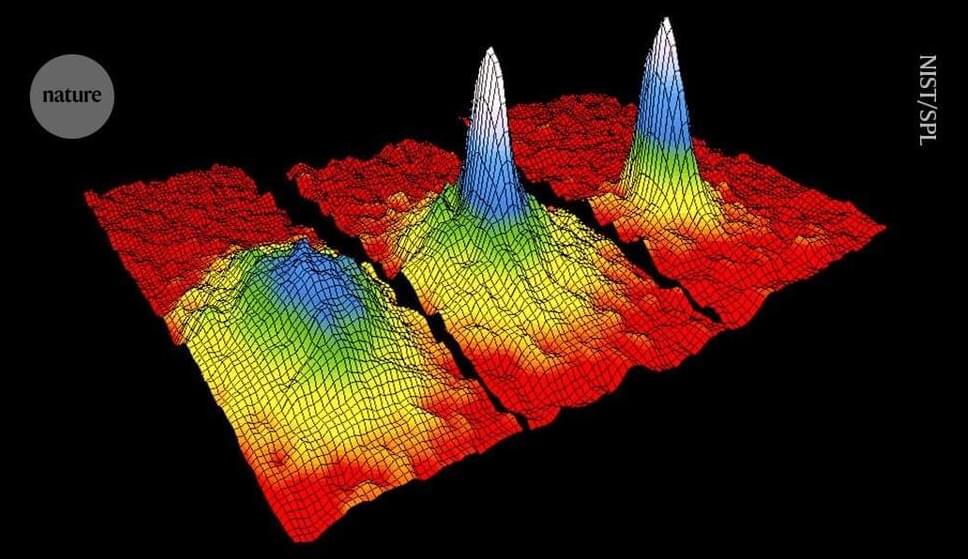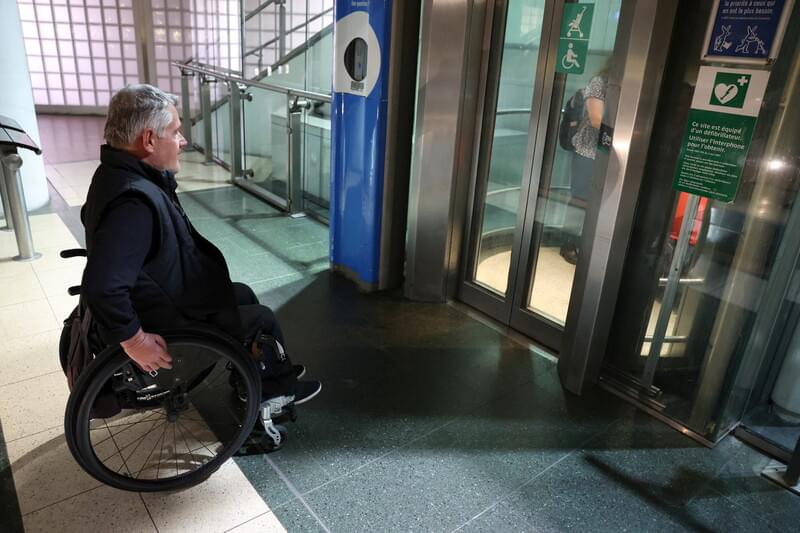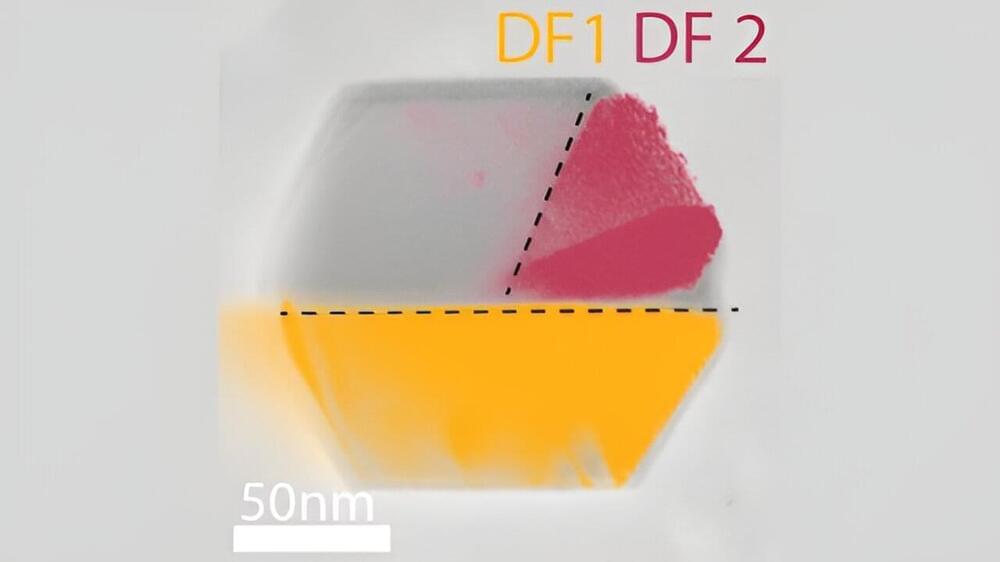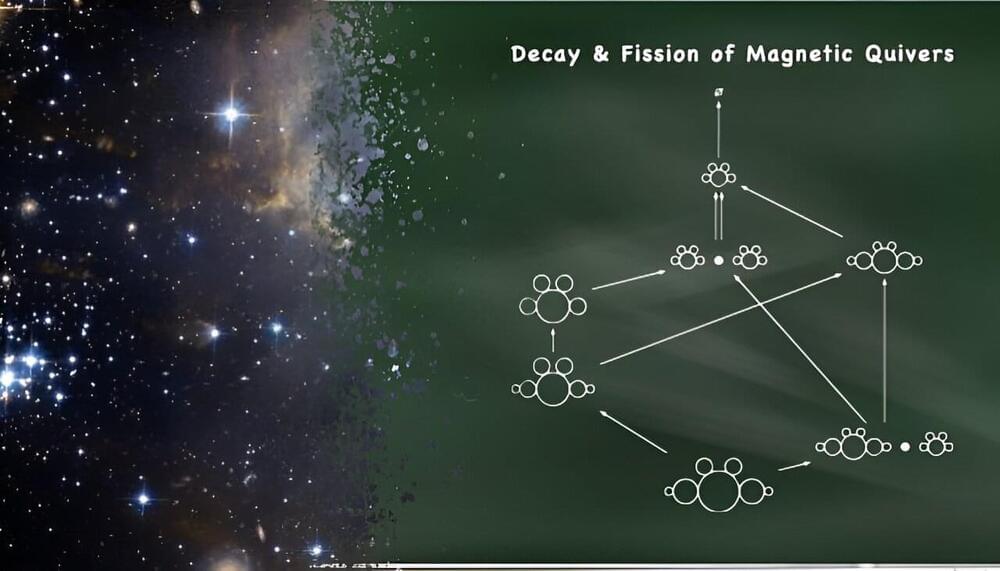The author and National Geographic fellow shared on Instagram that “gardening is much better than joining any gym”
The explorer and educator, 63, dubbed the outdoor activity as “the best longevity exercise you could do”
Buettner has become well known for his research into five “blue” zones across the world where inhabitants regularly live well into their old age.

